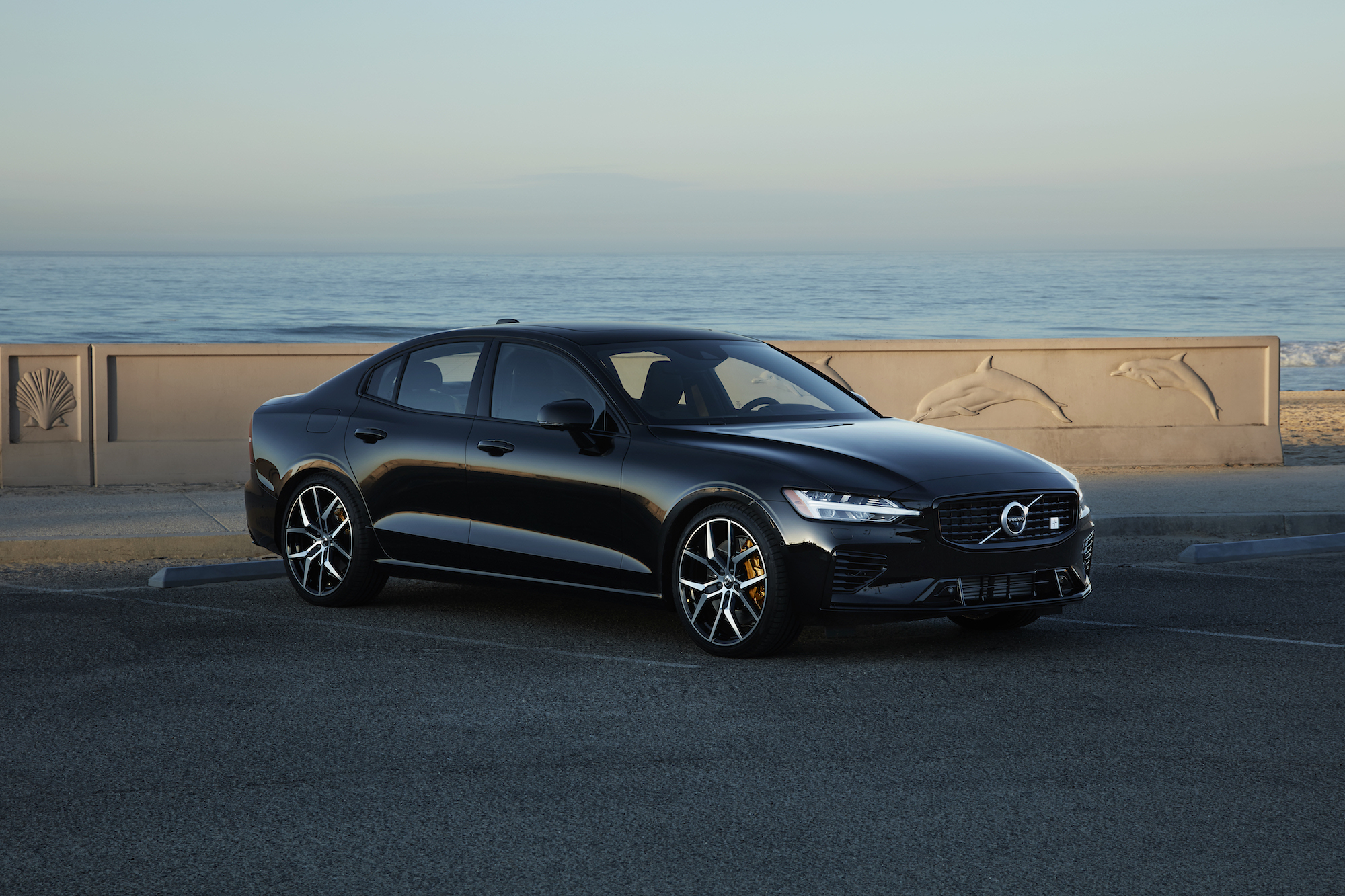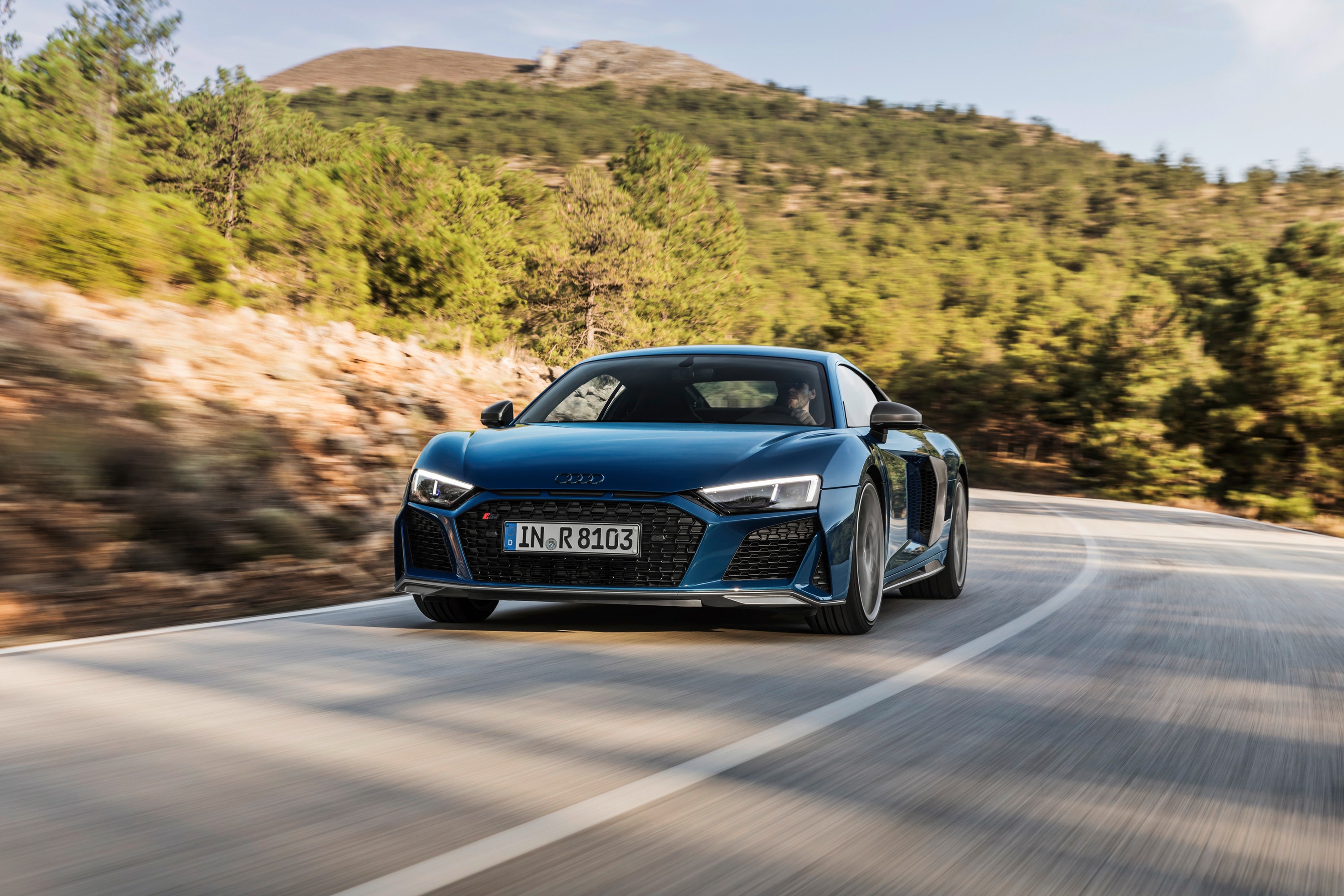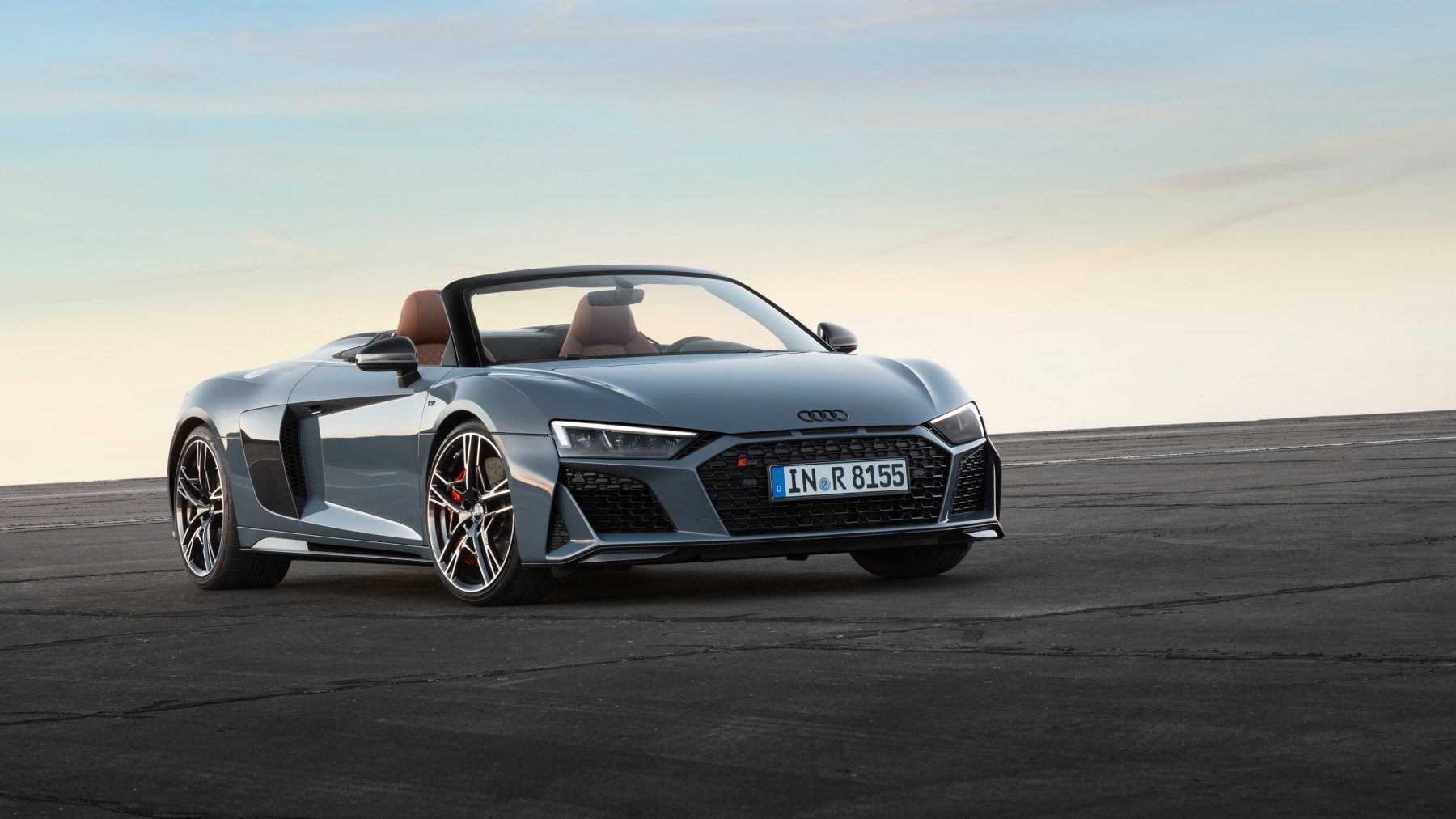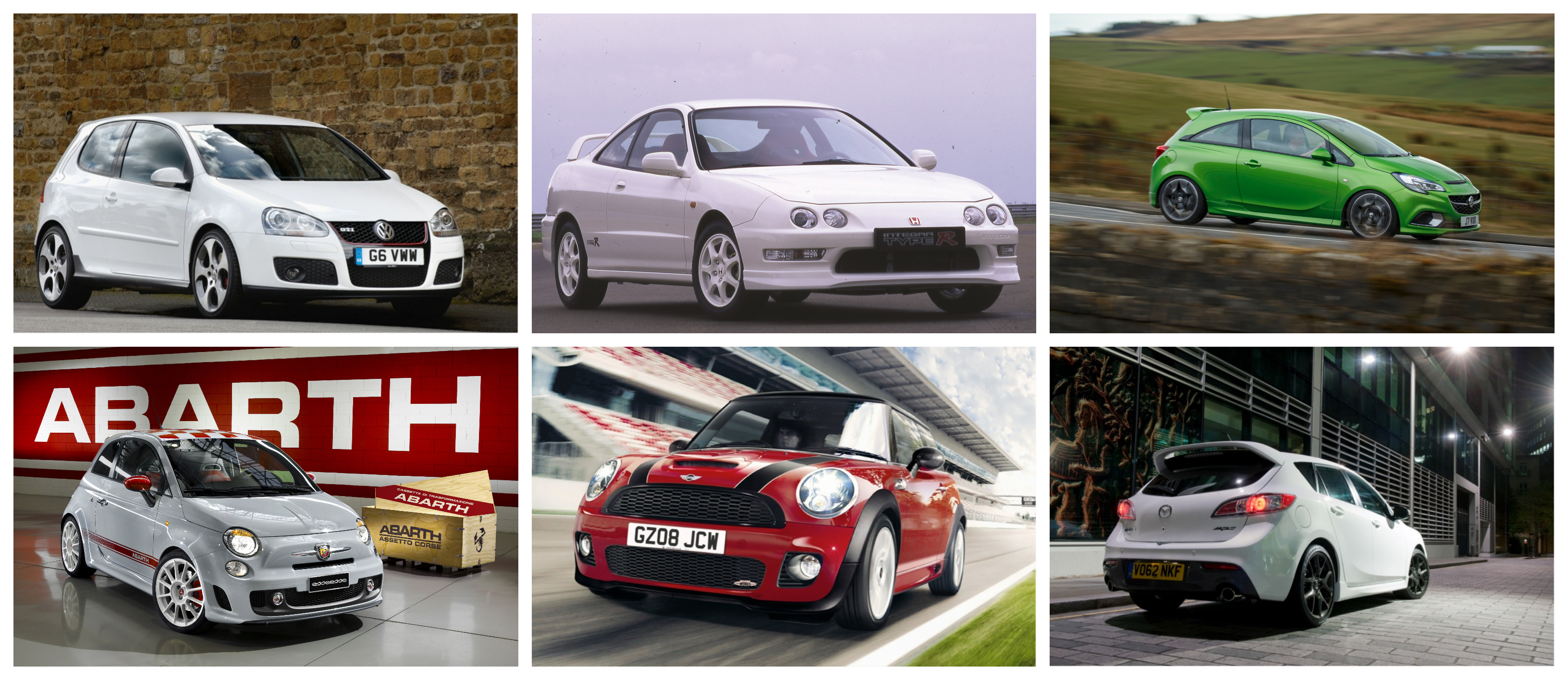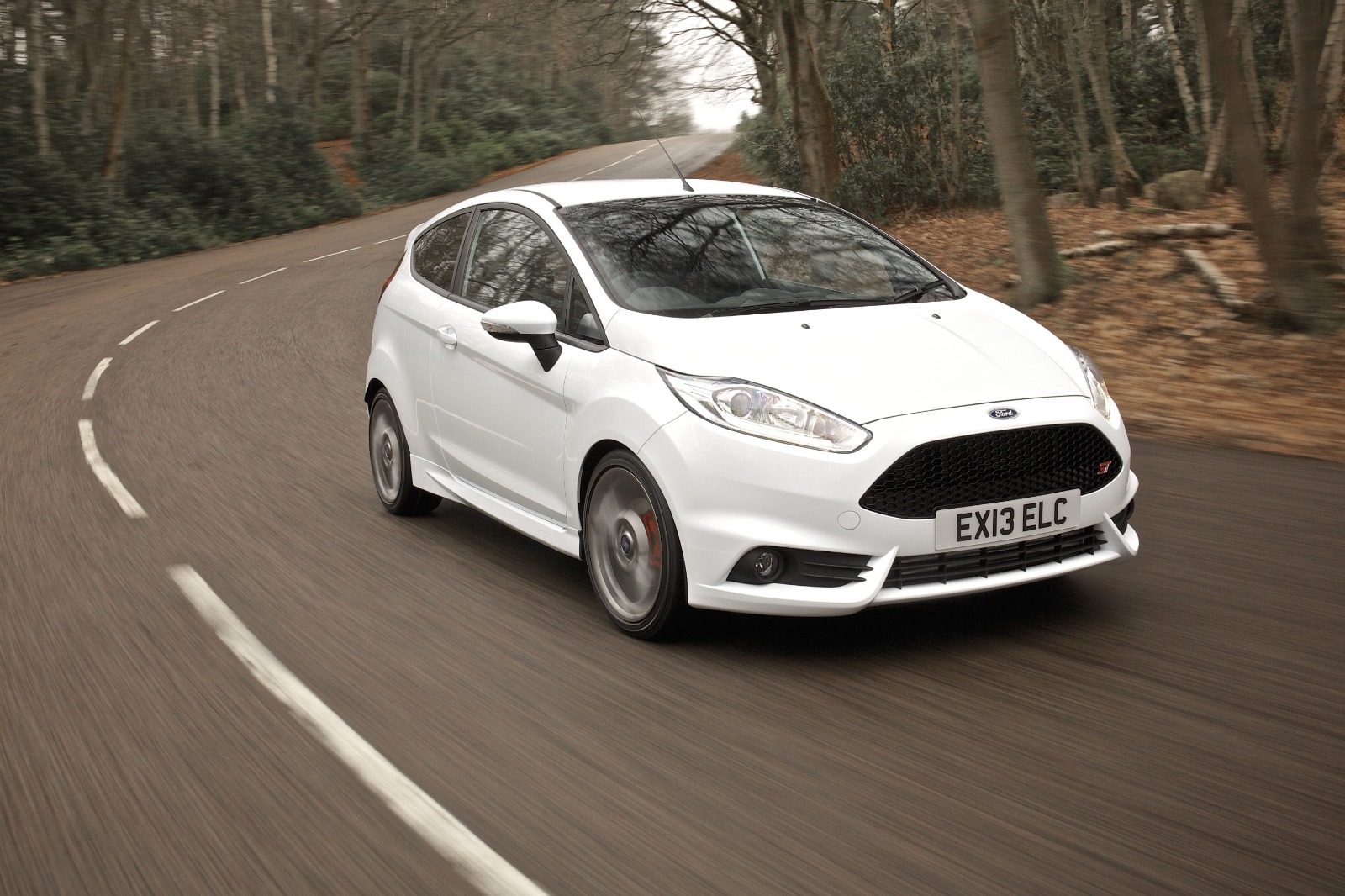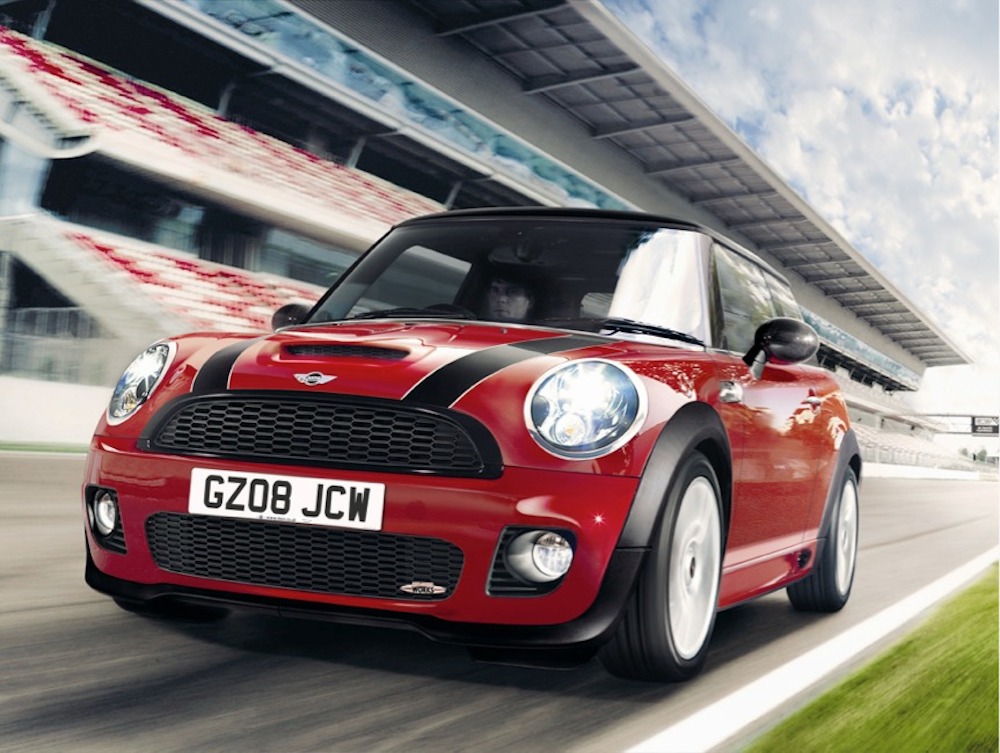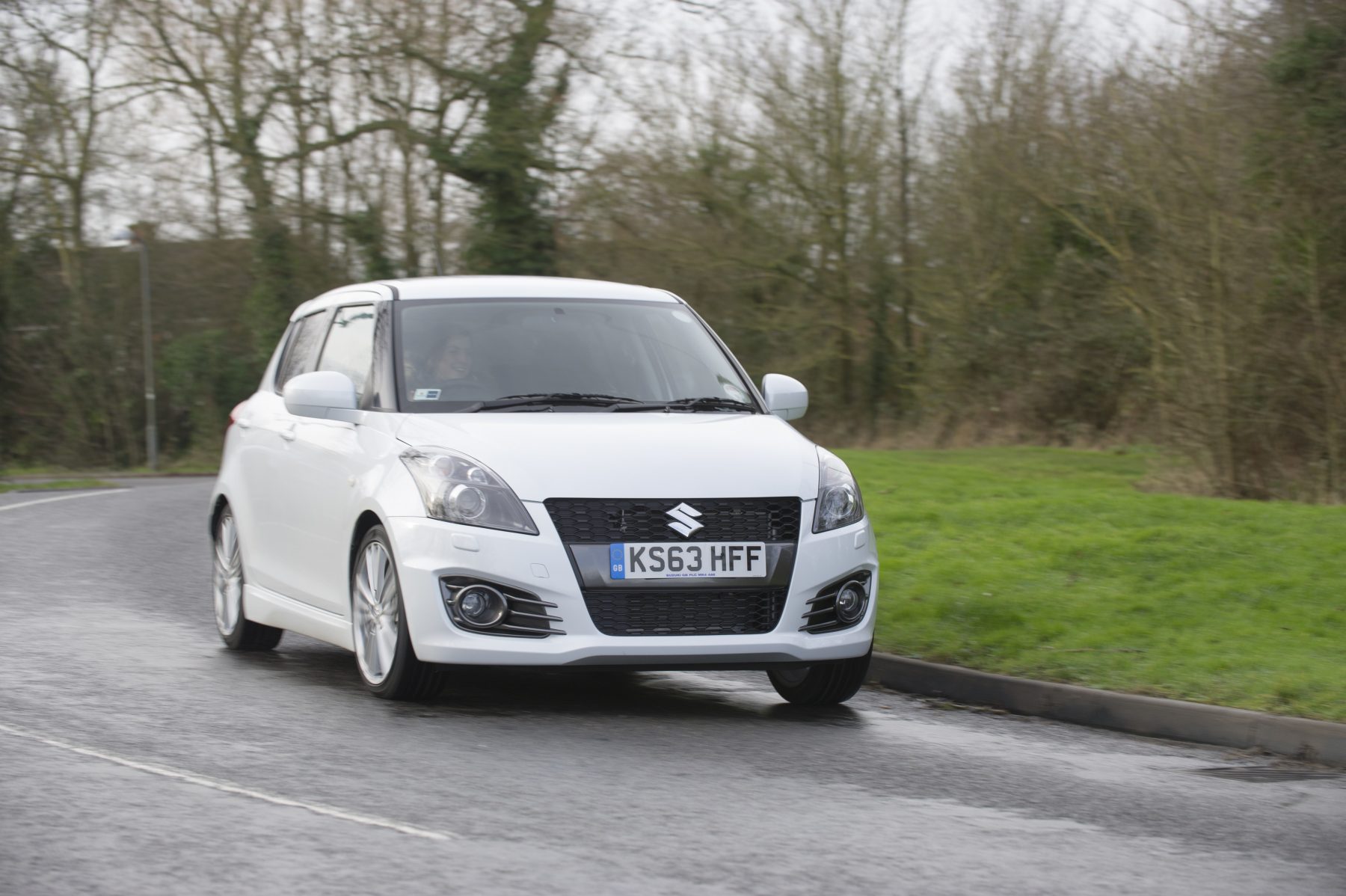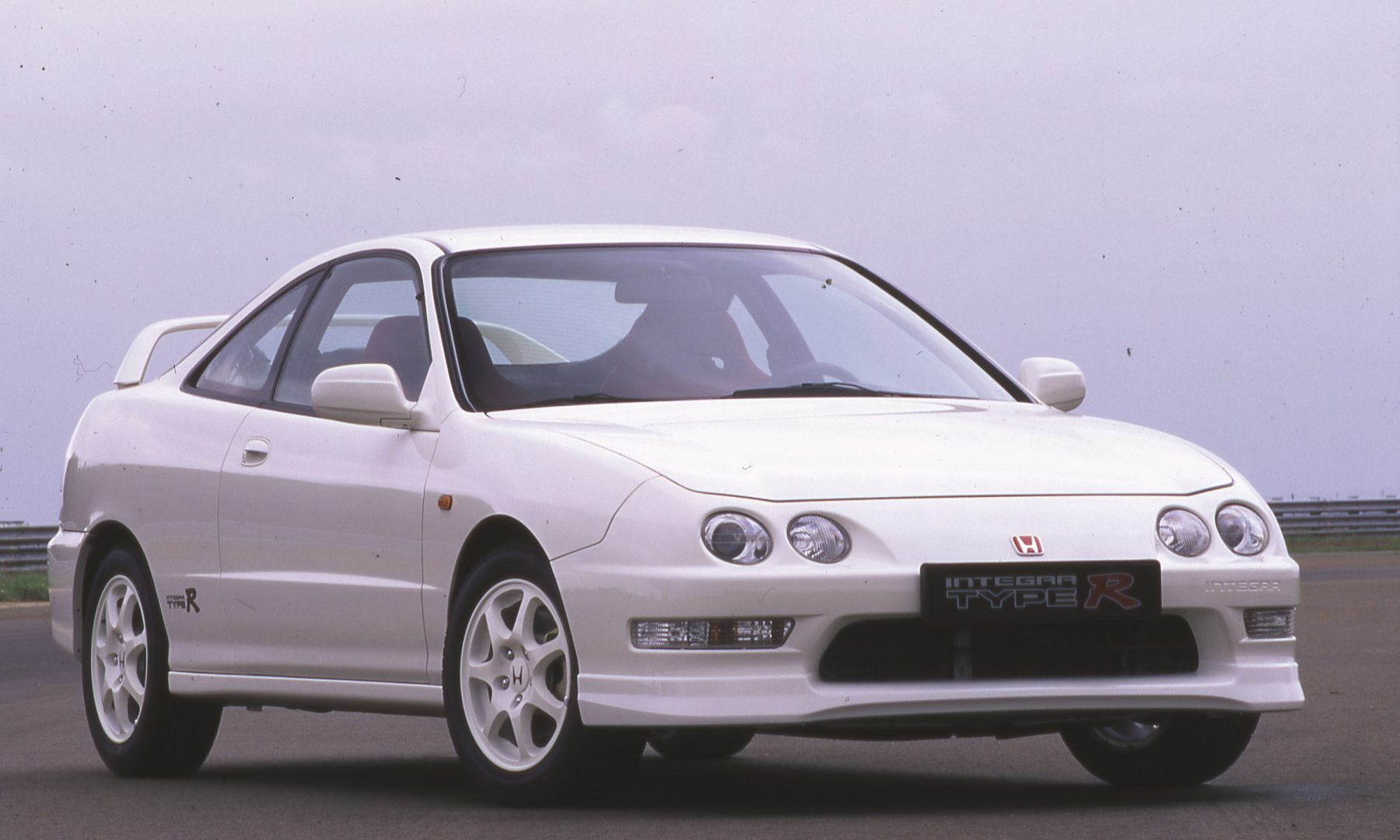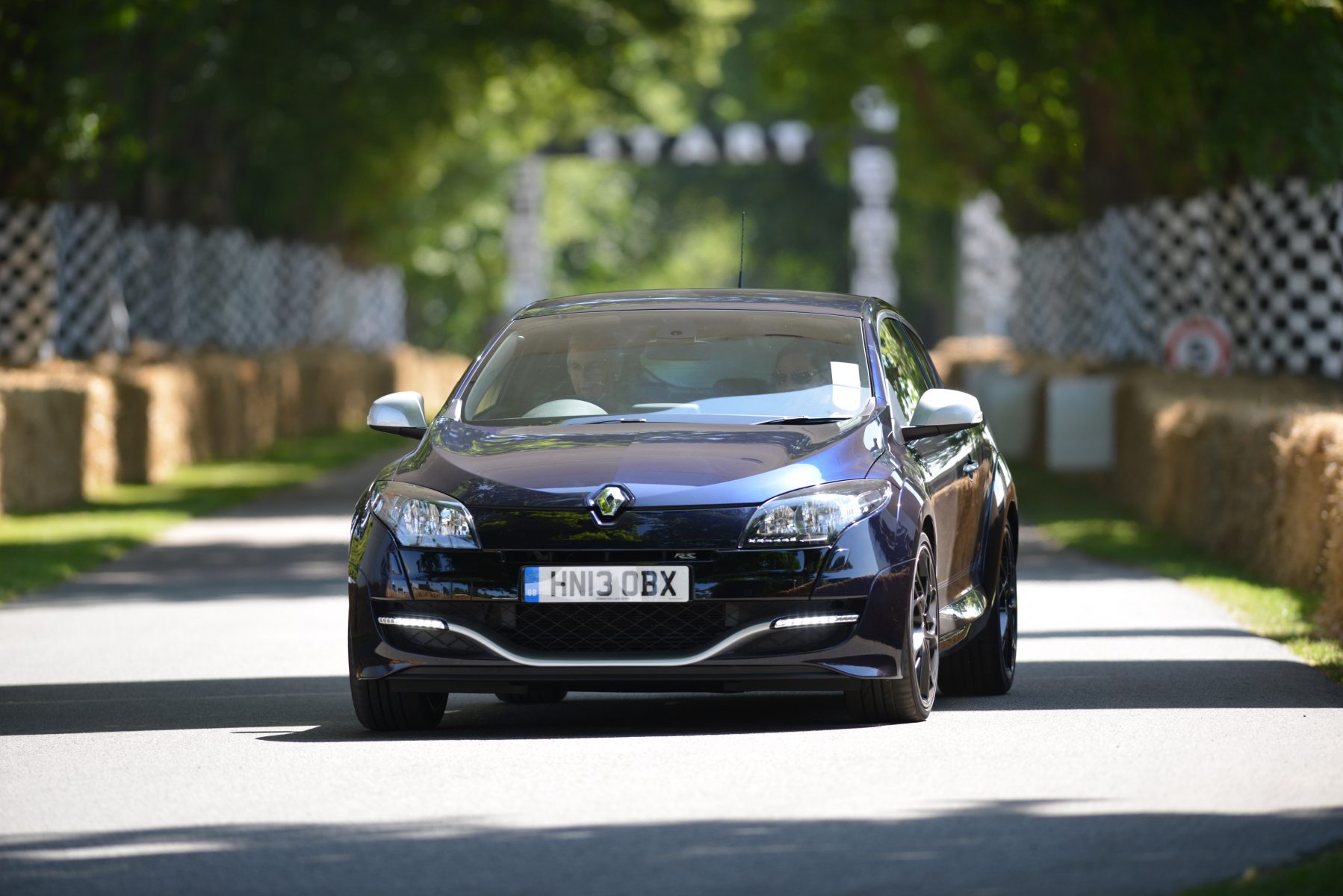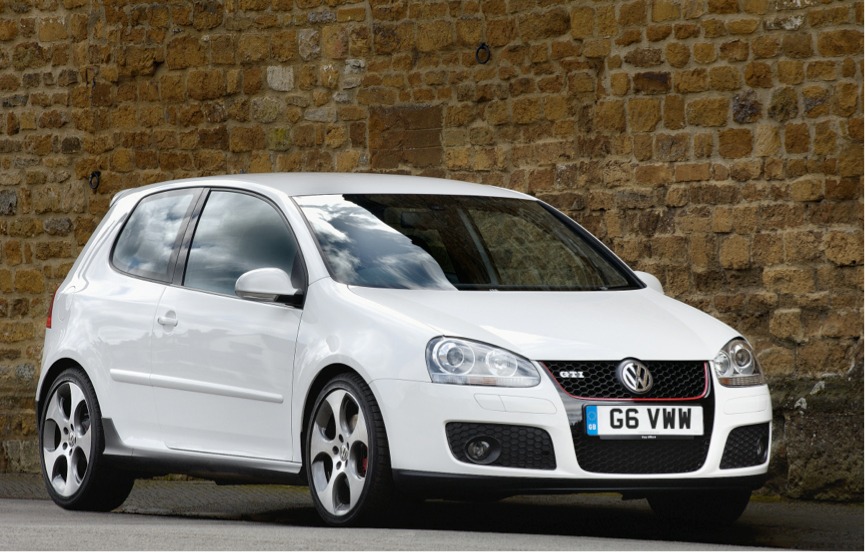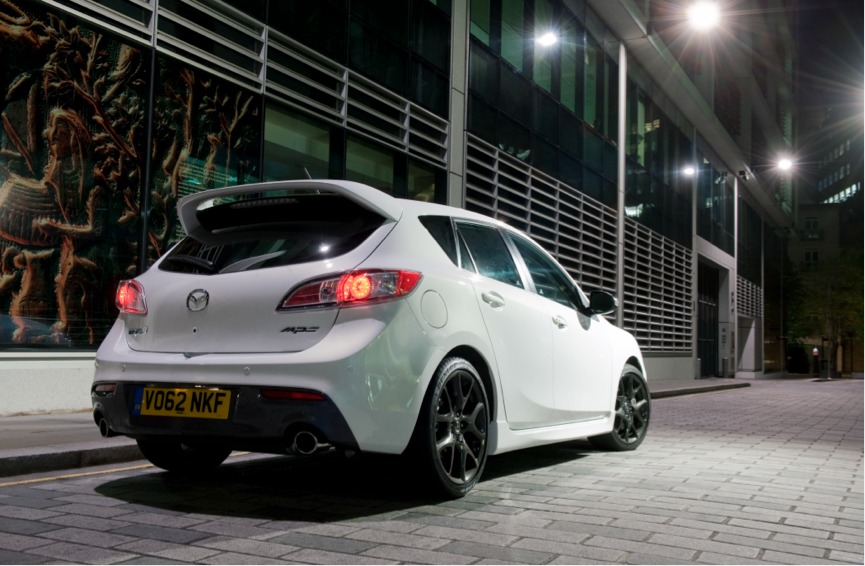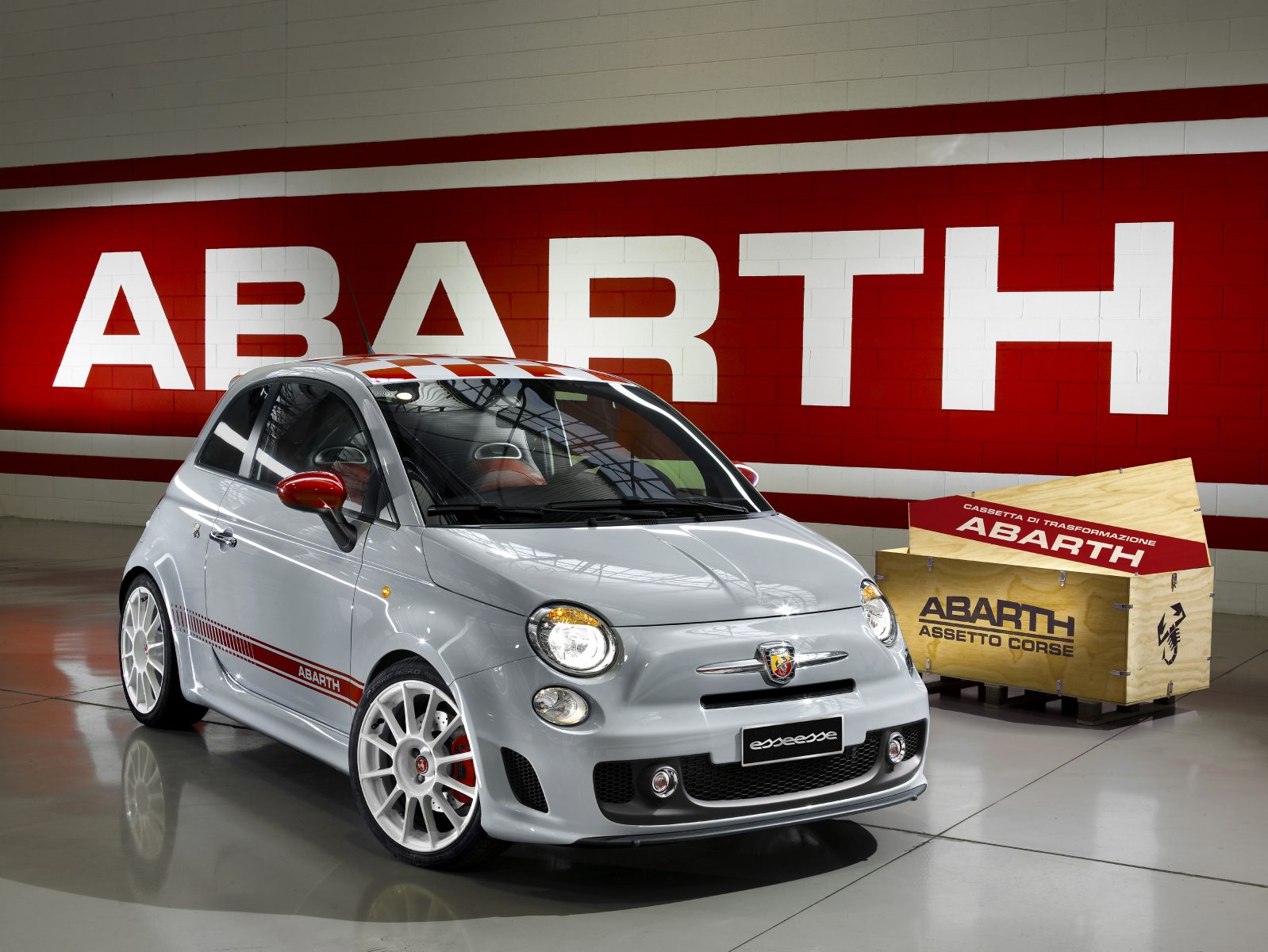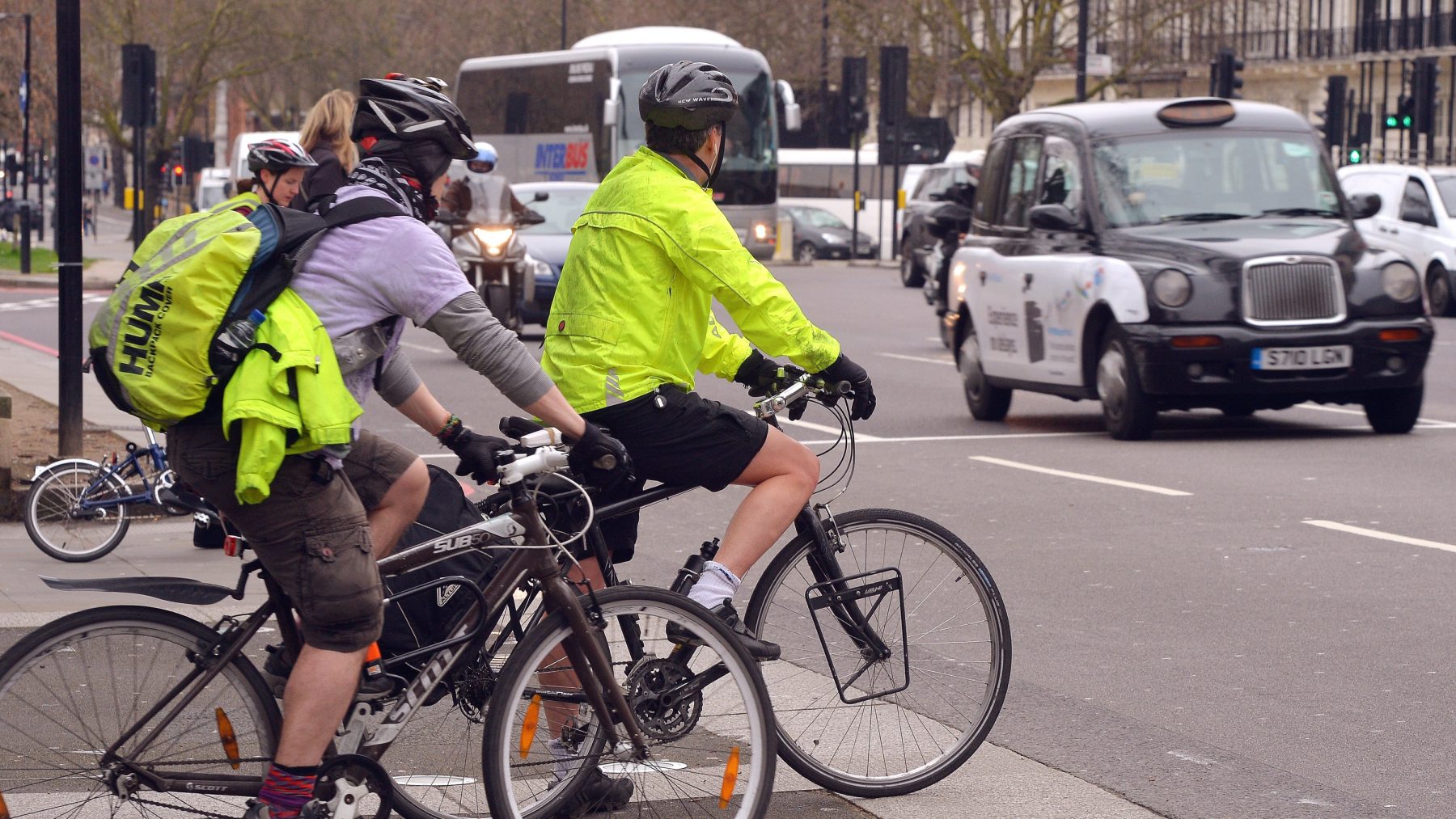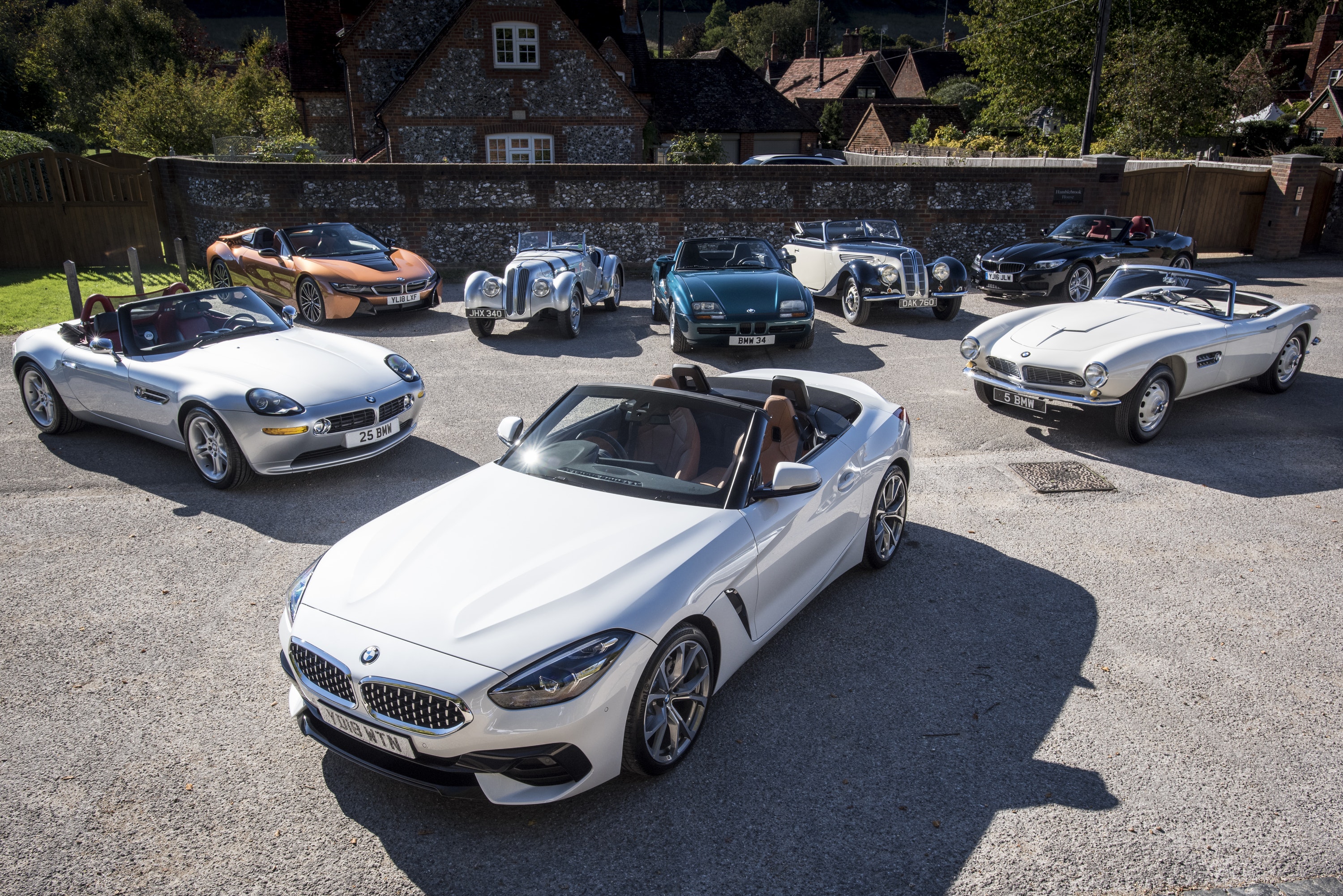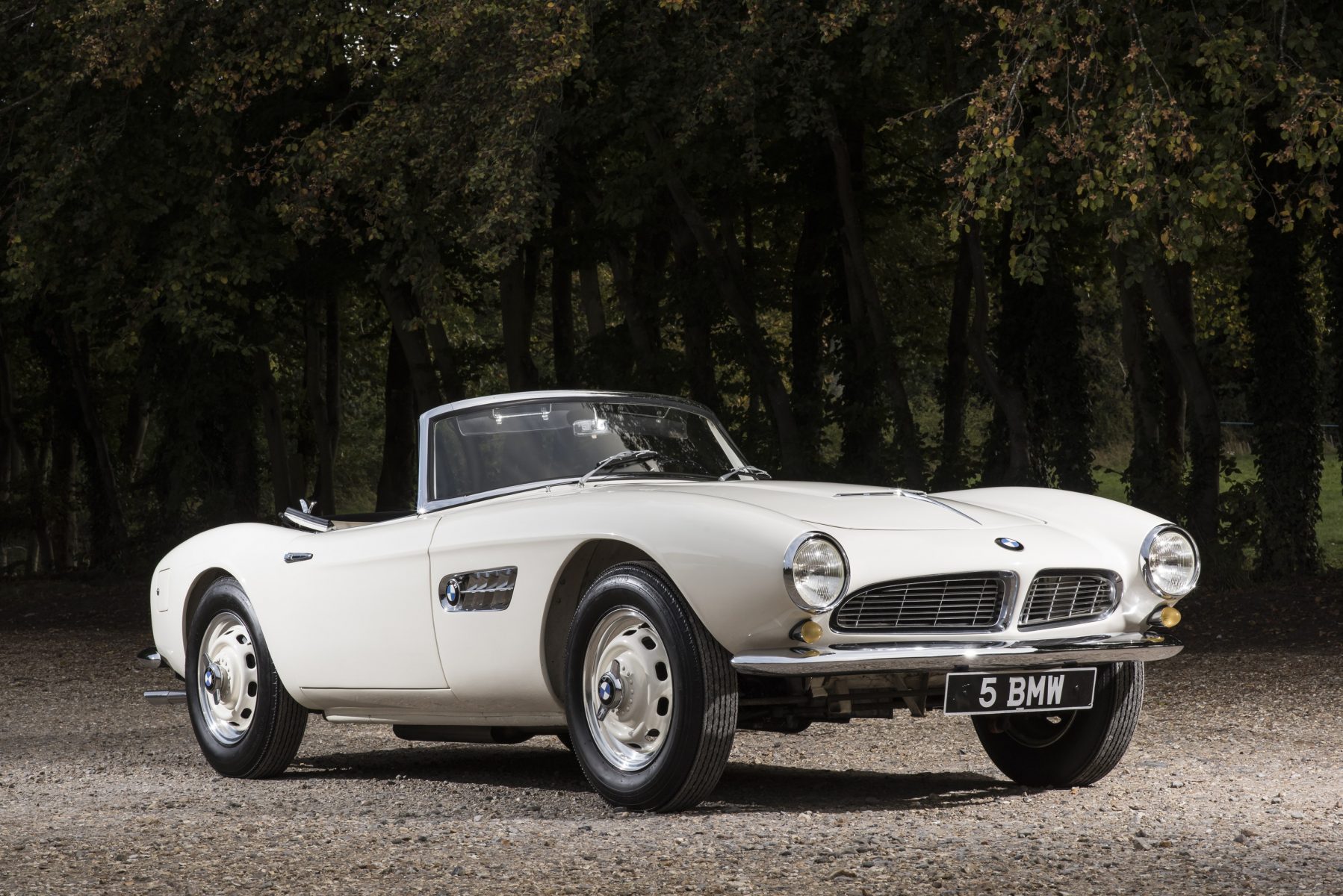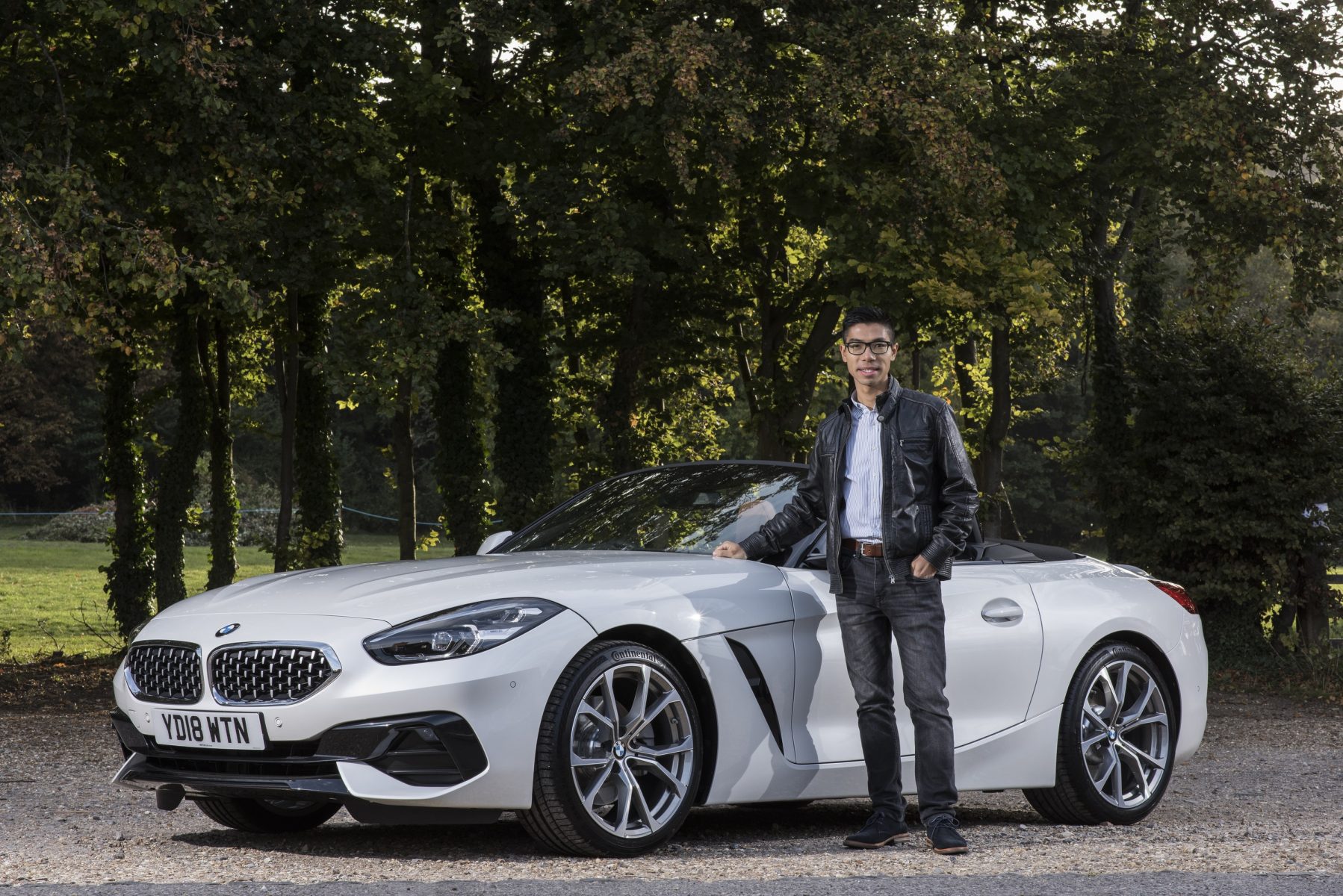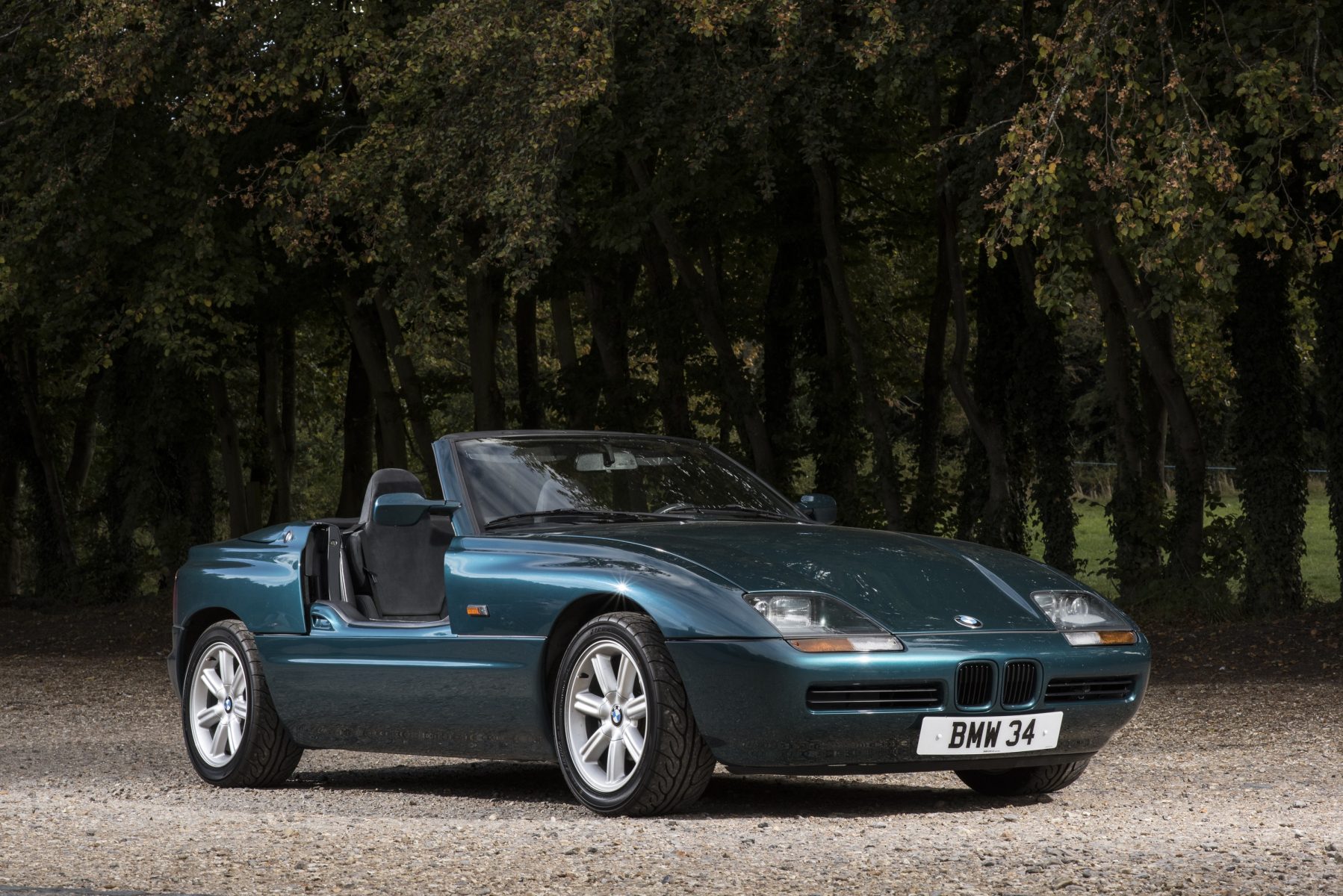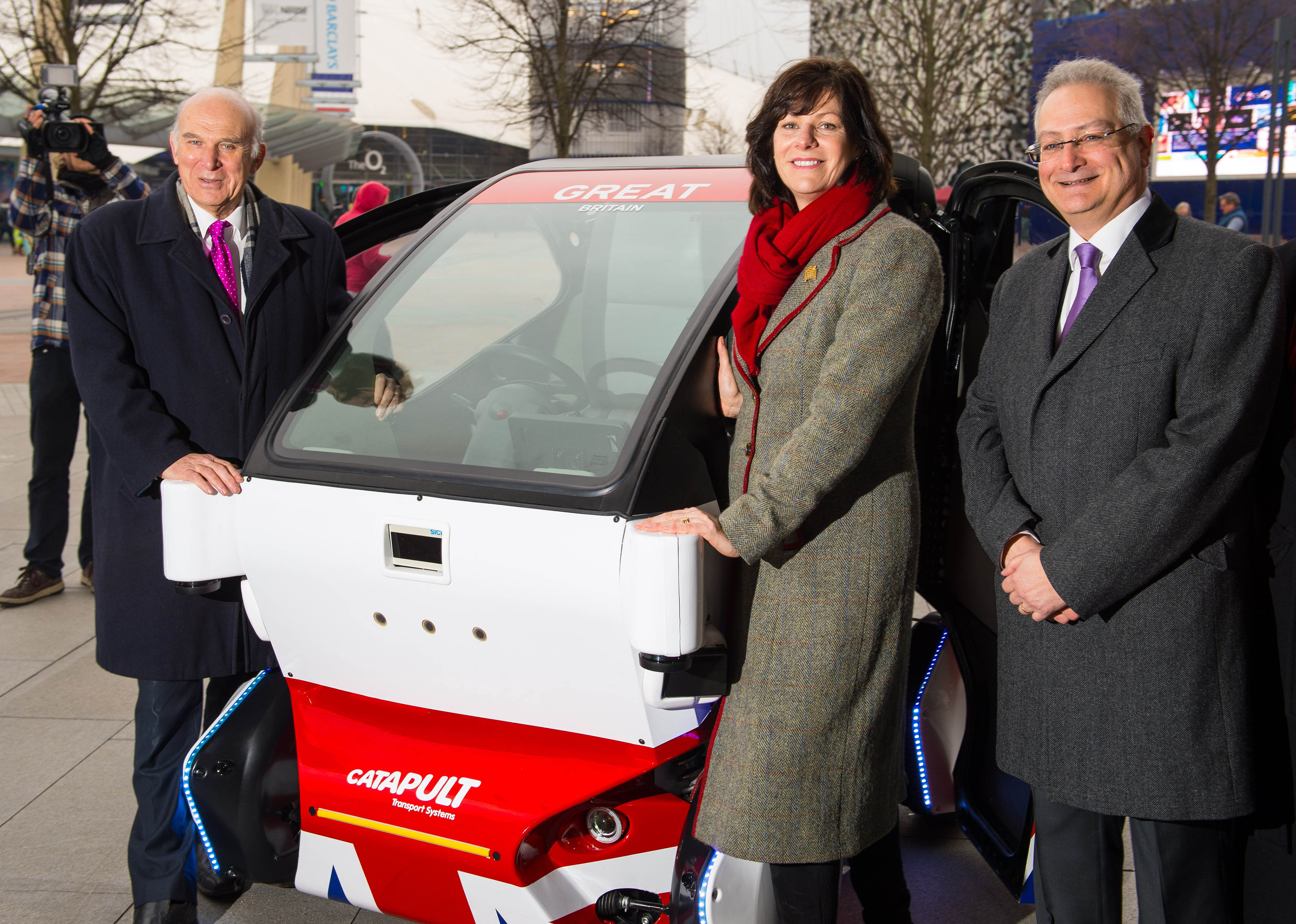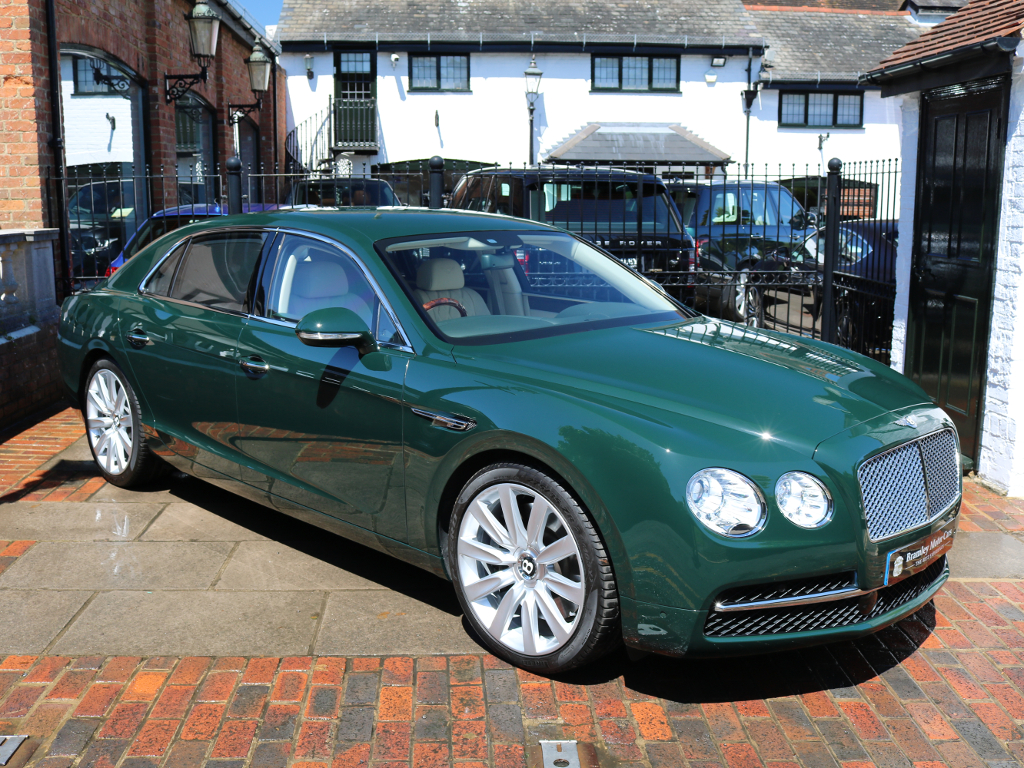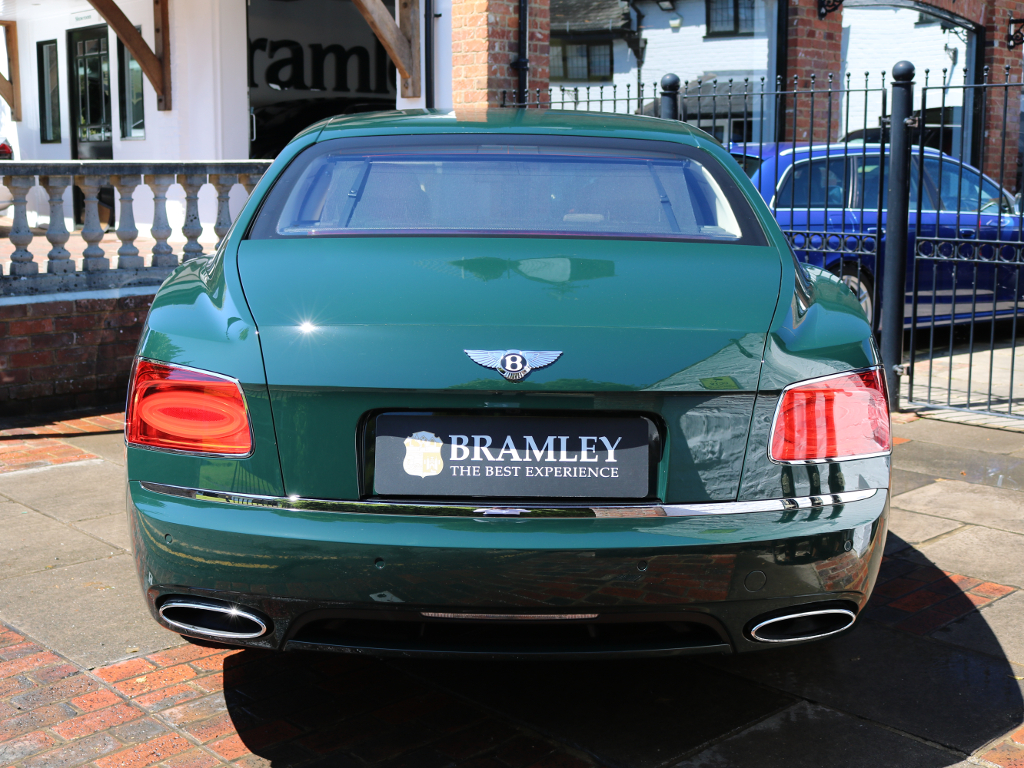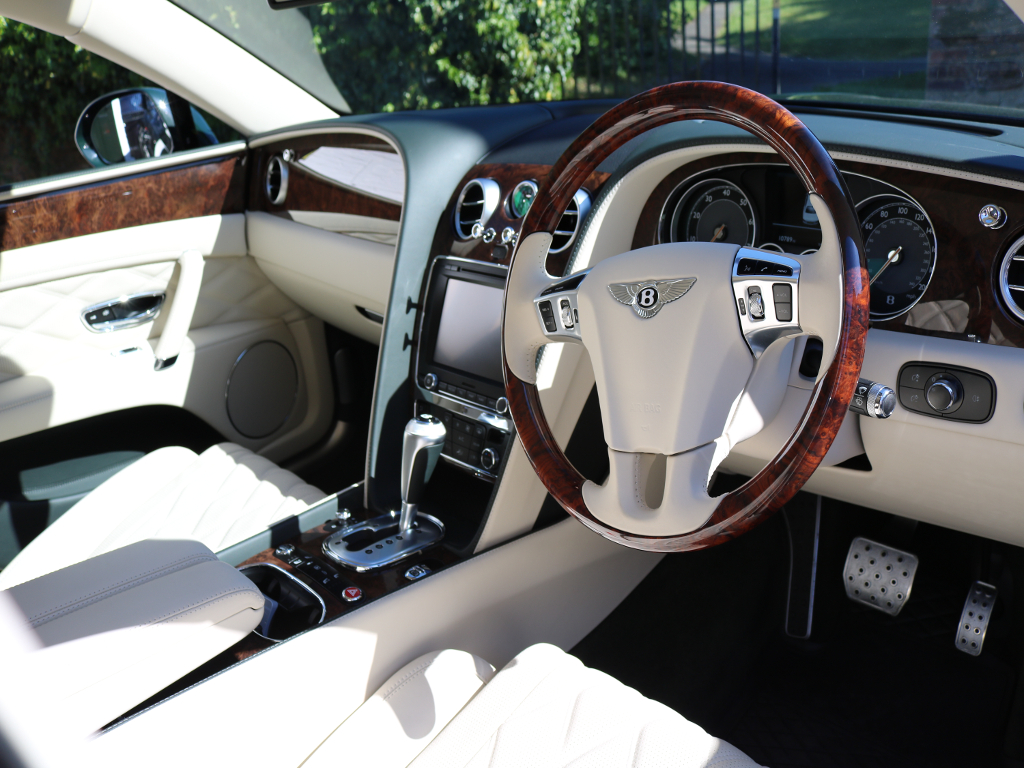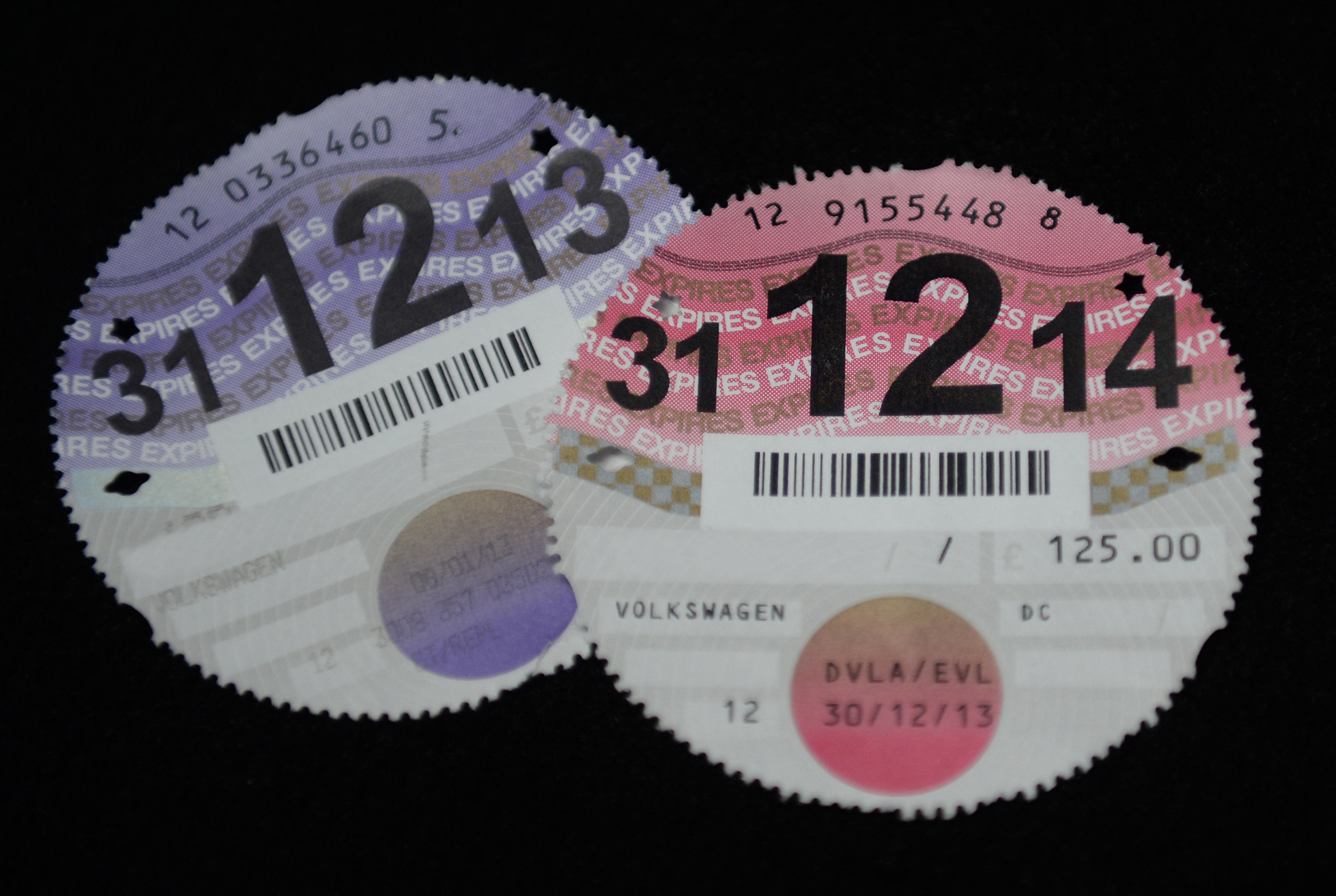What is it?
To add another offering in the varied small saloon segment, here’s the Volvo S60 – a compact four-door from the Swedish brand designed to take on the likes of the Mercedes C-Class and the upcoming and all-new BMW 3 Series. It’s based on Volvo’s Scalable Platform, and therefore shares its underpinnings with the XC90 and V90, to name just two.
It’s also the first car to be built in Volvo’s new manufacturing plant in Charleston, USA – a possible reflections of the brand’s concerns surrounding America’s potential change to import tariffs. We’re testing it here in range-topping T8 Polestar Engineered specification.
What’s new?
The standout feature of this latest Volvo is the complete lack of any diesel option. That’s right, this is the first car in the modern Volvo range to lack an oil-burner as an engine choice, leaving just petrol and plug-in hybrid offerings instead. It reflects Volvo’s push towards electrification – and to clarify, that means the use of petrol and hybrid offerings – not just solely electric powertrains.
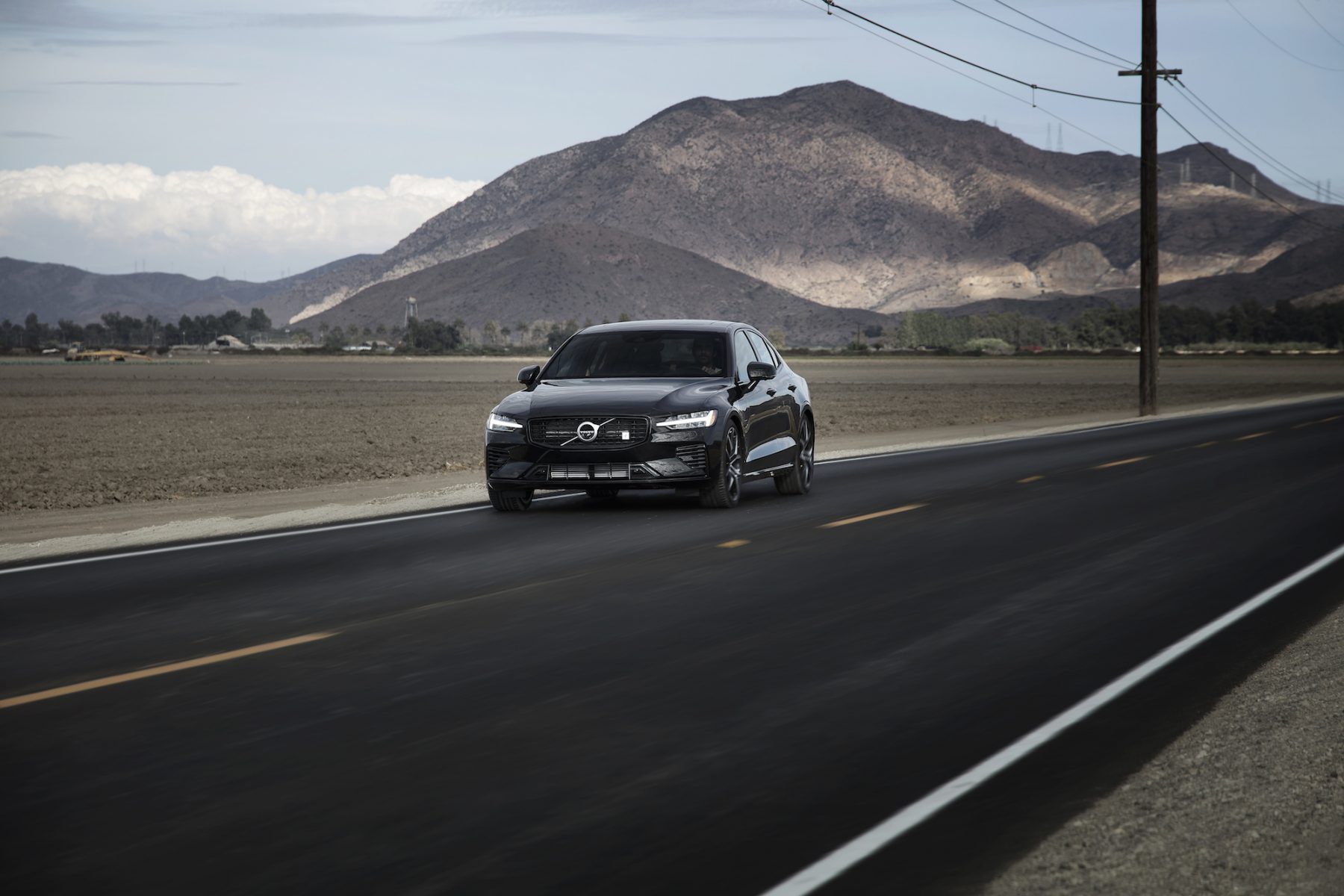
Many of the latest design features that we recognise from current Volvo vehicles have been carried over the S60 – though we’ll come to these in a little more depth later – while the interior has also been treated to plenty of plush materials that we’ve come to expect from the manufacturer.
What’s under the bonnet?
This top-of-the-range T8 Polestar Engineered S60 utilises an in-line four-cylinder petrol engine which is both supercharged and turbocharged. This is linked to a rear-mounted electric motor which drives, unsurprisingly, the rear wheels. Combined, they produce a substantial 399bhp and 430Nm of torque, which can push the S60 to 60mph in 4.5 seconds and onwards to a 155mph top speed. Despite this performance, and thanks to the inclusion of hybrid assistance, Volvo claims that the T8 will return 134mpg combined while emitting just 48g/km CO2.
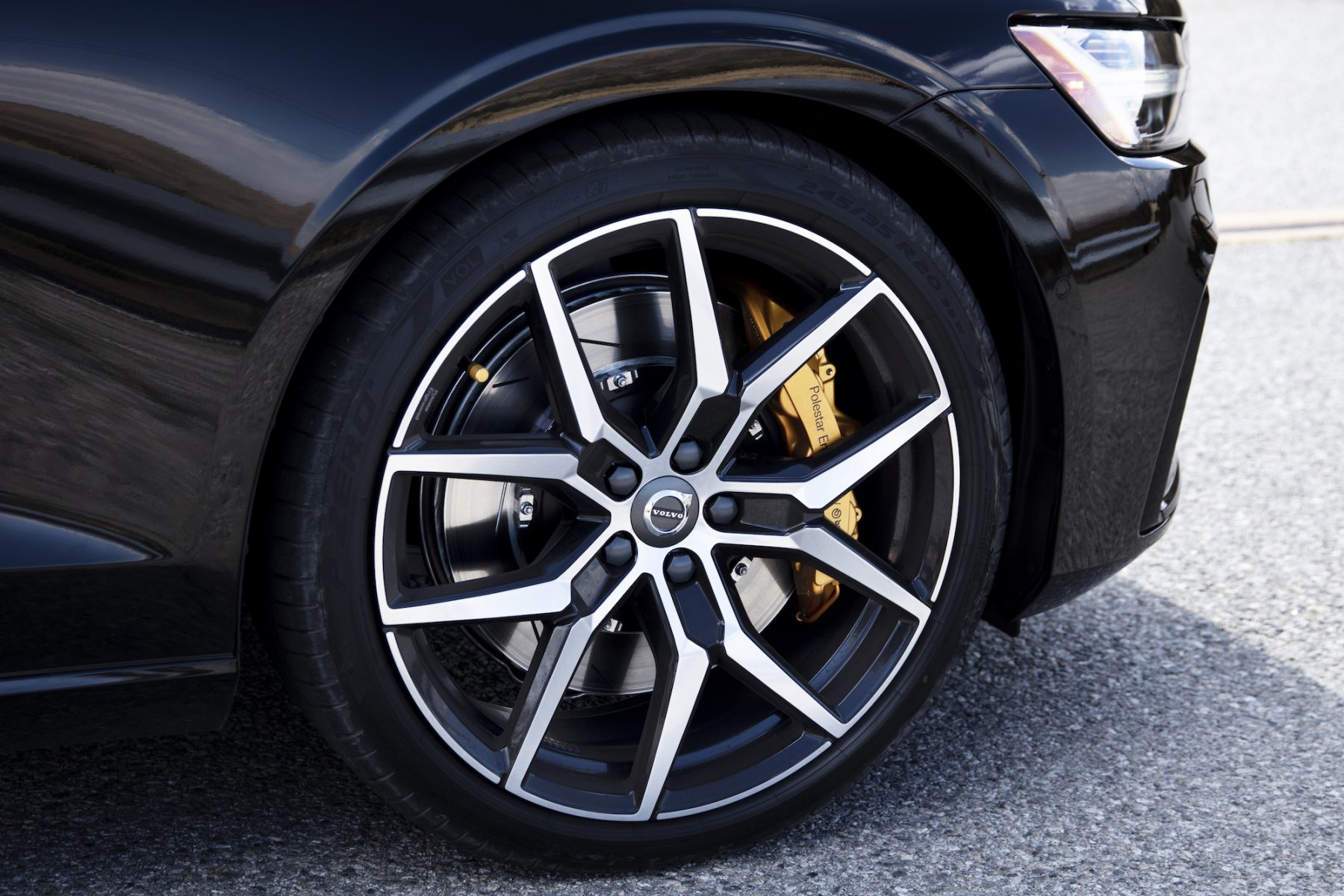
This Polestar Engineered T8 benefits from a series of high-performance parts, too. Look closely and you’ll see six-piston Brembo brakes peering out from behind 20-inch forged wheels, while Ohlins adjustable dampers have been fitted too. There’s also a bump in power over the regular T8 – around 15bhp more, in fact.
What’s it like to drive?
We tested a conventionally powered T6 (an engine yet to be confirmed for the UK) prior to our time in the more powerful T8, and it proved to be a good basis for its pokier stablemate. The lower-powered car’s steering, though lacking any real feedback, is well weighted and direct, giving the S60 plenty of agility in the corners. The T8’s engine response is linear and predictable, with the combination of combustion and electric unit blending seamlessly to provide effortless forward progress. It’s punchy, too, particularly from a dead start where the electric motor and its instantaneous torque makes itself known.
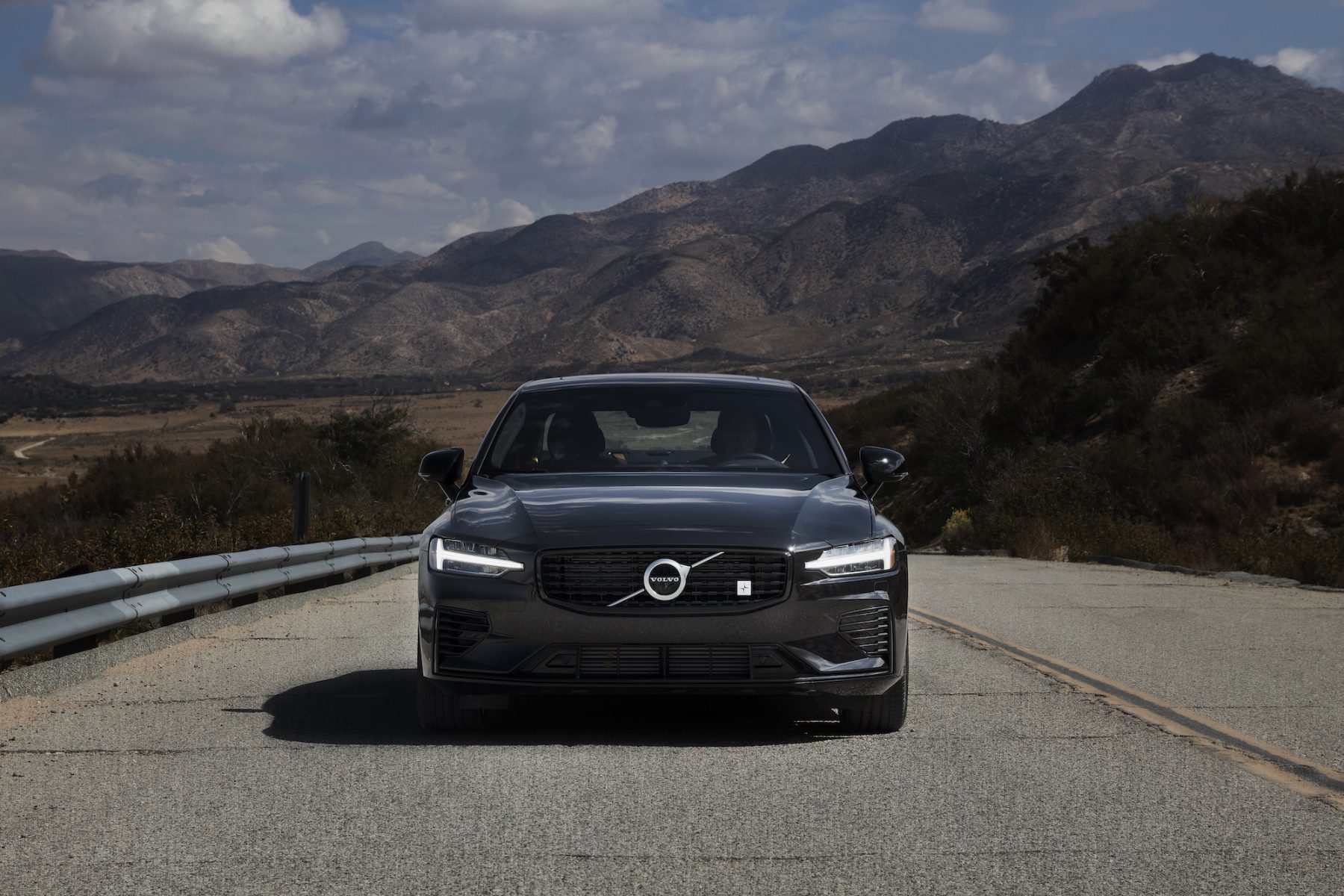
The ride is a little firm, in all honesty – even the standard S60 on regular suspension felt a touch jostling even on smooth Californian canyon roads – and the T8’s firmer setup only exacerbated this. We’d argue towards a smaller wheel size to help remedy this – the Polestar’s 20-inchers are a touch too large, in our opinion.
How does it look?
If we were honest, the looks of the S60 aren’t groundbreaking – but that’s simply because they play so close to the other cars in the range. The front ‘Thor’s Hammer’ headlights are present and correct, while the lights are the rear could have been the units taken from the larger S90, but put on a hot spin. It is, again, a minimalistic and thoroughly Scandinavian design, and it looks particularly good in the flesh.

It’s an agile, taut design – and alludes the S60 to a far sportier ethos than that of Volvos of old. Would we like it to be a little more exciting? Perhaps. But in this segment, playing it safe isn’t a particularly bad thing, particularly when you consider the understated designs that have been coming from German rivals.
What’s it like inside?
It’s business as usual in the cabin of the S60, but this is something we’re quite happy about. So far, the cabins of the XC90, V90 and XC40 – to name but three – have been exceptionally well put together, and this has, thankfully, been carried on over to the S60. It’s a beautiful blend of high-quality materials and well-executed tech, and everything feels built to last. The large central touchscreen dominates the interior, and this is complimented by the central screen in between the dials in front of the driver. There’s plenty of headspace for those sat up front, while those in the back do equally well.

The boot is decent too, offering up 442 litres of space with the rear seats in place. It’s slightly less than that of the Mercedes C-Class, which offers 480 litres of seats-up load area.
What’s the spec like?
Though full specifications of the S60 have yet to be confirmed, the Polestar Engineered-spec cars we tested came fitted with a host of equipment, including a full satellite navigation system, Bowers and Wilkins stereo and nappa leather upholstery.
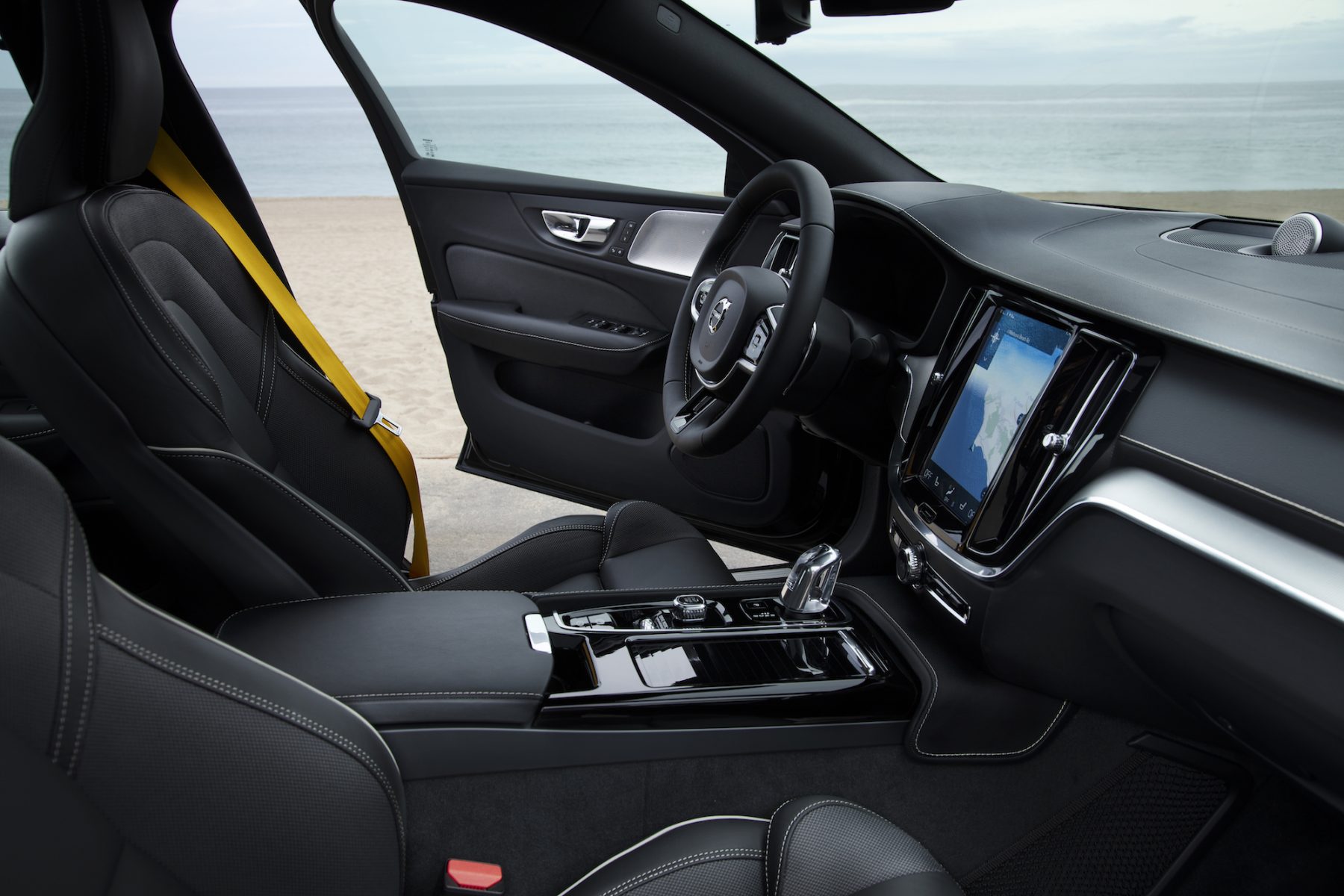
We’ll have to wait and confirm closer to the car’s full launch as to what is standard with each specification – though expect a strong amount of tech to accompany this range-topping car.
Verdict
The S60, even in standard form, is an excellent alternative to current and forthcoming German rivals. It’s well built, beautifully finished and looks good out on the road – even if its design plays rather safe. This T8 Polestar Engineered model makes a particularly strong case for itself, thanks to its combination of strong performance and good economy figures. We’ll have to wait and see what Volvo expects customers to pay for this model – though we’d reckon at the mid-£50,000 mark – to see its value-for-money, but off-the-bat impressions are good – and rivals had best be worried.
Facts at a glance
Model as tested: S60 T8 Polestar Engineered
Price: £55,000 (est)
Engine: 2.0-litre supercharged and turbocharged four-cylinder
Power: 399bhp
Torque (Nm): 430
Max speed (mph): 155
0-60mph: 4.5
MPG: 134
Emissions (g/km): 48

